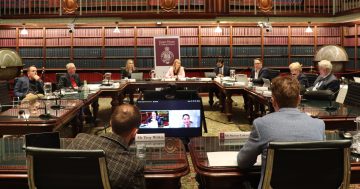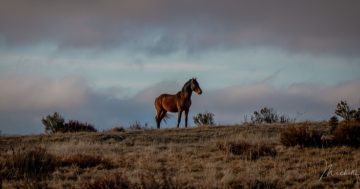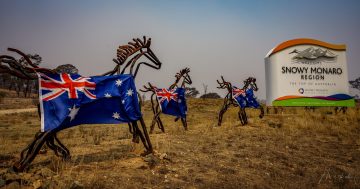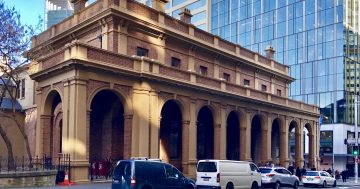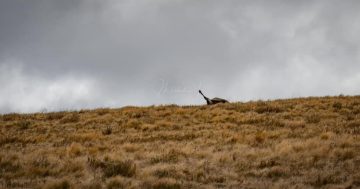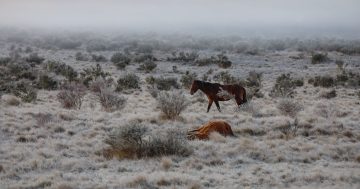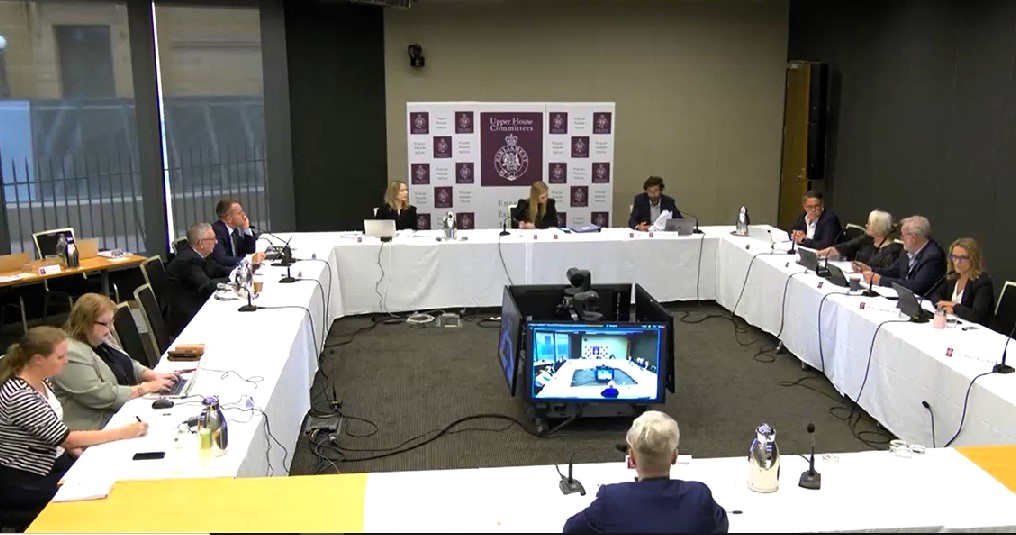
Environment Minister Penny Sharpe appeared before Monday’s NSW Upper House inquiry into aerial shooting of wild horses in Kosciuszko National Park. Image: Screenshot.
A NSW Upper House MLC has renewed her calls for the NSW Government to declare an urgent moratorium on aerial shooting of wild horses in Kosciuszko National Park (KNP), in response to evidence tabled at an inquiry this week.
NSW Senate Animal Welfare Committee chair Emma Hurst MLC raised concerns following the second hearing of the Senate committee inquiry into the proposed aerial shooting of brumbies in KNP.
Ms Hurst said Monday’s hearing raised serious questions about the justification for conducting aerial shooting, accuracy of brumby population estimates and concerns about animal cruelty.
She said a decision to conduct aerial shooting during foaling season and the risks of orphaned foals suffering prolonged deaths in the park was also concerning.
Evidence was also heard community members did not feel they were adequately consulted, she said.
The committee’s second hearing involved representatives of the NSW Department of Planning and Environment, RSPCA NSW, Public Service Association of NSW as well as brumby advocacy and animal welfare groups, veterinary experts and conservation organisations.
Inquiry committee member NSW Nationals MLC Wes Fang has heralded similar concerns, suggesting the State Government in its haste to reintroduce aerial culling of KNP’s wild horse population had failed in its due diligence.
“I feel the NSW Environment Minister Penny Sharpe was focused first on the introduction of aerial shooting and concerned only with providing justification afterwards,” he said.
He said rigorous scientific evidence pointing directly to the environmental impacts of the horses and a comparison of that to other feral species impacts was a minimal requirement of the government.
“The fact we are the ones investigating alternative methods of wild horse control or what constitutes a kill shot; what is the optimal shooting period, with consideration to gestation and foaling of mares, means the plan is, at its most basic, not sound,” he said.
“We have an ambiguity around population count methodologies where we’re told at a hearing there could be as few as 2280 horses when the government is citing between 12,000-23,000 – that’s a huge discrepancy.
“Public safety, questionable RSPCA responses to aerial shooting standard operating procedures and the failure by the Minister, even with an extended timeline, to provide vital information to an enquiry is not giving me any confidence they have done their due diligence.
“In its bid to reintroduce aerial culling of the wild horse population of Kosciuszko National Park, the State Government has demonstrated a lack of rigour in investigating alternatives for optimal welfare outcomes.”
Ms Sharp said she was aware of delays in providing to the committee community submissions, survey responses, correspondence and other documents received during public exhibition of the amendment to the Wild Horse Heritage Management Plan (WWHMP), but was unaware they would be late.
Ms Sharpe said that was unacceptable, even given the timing over Christmas, and “despite the fact it was late we worked very hard with Mr Fang to provide him with information around the summary of submissions – about 1000 pages – they are on the website and on a USB stick for him to look at”.
According to documents tabled by the Invasive Species Council (ISC), of the 11,002 public submissions that greenlit the NSW Government’s decision to add aerial shooting as a method of culling wild horses in KNP, 6466 pro-forma submissions were provided through the ISC website with about 1700 hard copy submissions collected by volunteers.
Impacts of the wild horse culling program on National Parks and Wildlife Service (NPWS) staff in being threatened, harassed and socially ostracised were also voiced at Monday’s hearing.
The Public Service Association (PSA) of NSW highlighted two incidents at the Jindabyne NPWS office; one involving a firebomb threat in 2022 and the second, the dumping of a decapitated horse head in the office foyer in 2023.
PSA assistant general secretary Troy Wright said implementation of workplace security upgrades and staff being told not to wear their uniforms outside their workplace were, “measures more akin to a law enforcement agency than an environmental one”.
Mr Wright said the heat and emotion needed to come out of a decision that was ecological, driven by the fragile best interests of the park and the natural environment, but public sector workers did not hold sway over which decision is implemented and should not be made into public pariahs for doing so.
He urged the committee to consider the experience of NPWS staff to guide decisions around the options used for humane culling of the horses.
Also representing the PSA was former park manager Kim De Govrick who as a trained marksman said two shots would kill a horse from the air.
His view was that under current standard operating procedures, aerial culling programs worked in favour of animal welfare for feral horses.
This was reinforced by Cristy Secombe of the Australian Veterinary Association who said ground shooting was the most effective and humane method of culling wild horses but, given the geography and terrain, difficulties in approach and lack of research into fertility control trials, aerial shooting was the best option in KNP.
She suggested optimal timings for any aerial culls was during cooler months when mares did not have newborn foals at foot.
Former members of the KNP Wild Horse Community Advisory Panel, Leisa Caldwell and Timothy Johnson, said there was little to no direct evidence pointing to the wild horse impact on threatened species, yet the development of ski resorts and Snowy 2.0 were major impacts on the park, as were ballooning fuel loads.
They said studies and research presented to the wild horse community and scientific panels that didn’t work in favour of a brumby cull had been largely disregarded, as were their representations to the NPWS towards a cooperative effort, input into the Federal Senate’s inquiry into the impacts of feral horses on the Alpine region, alternative rehoming programs, heritage horse reports and State Government promises of alternate count methodologies.
Leisa Caldwell said a healthy population of the critically endangered corroboree frog found in a cow pad on one property demonstrated some disruption to the environment was healthy; this, she said affirmed a report from Dr Robert Berman that upturned negative claims about the environmental impacts of Alpine horses and how best to help native species.
At a political level, they said approaches to Monaro MP Steve Whan went unheeded and there had been no approaches from the Environment Minister.
Ms Caldwell and Mr Johnson also implored the committee to visit the park before preparing their report.
Independent equine scientist Joanne Canning said the wild horse population reproduction rates NPWS suggested were ludicrous, with her calculations putting the current KNP horse population at around 2888.
“Forty-one per cent or over is not possible,” she said. “Normal reproduction occurs at around 15-20 per cent per annum”, taking into account environmental as well as physiological factors.
The RSPCA said they felt aerial culling was less stressful to a horse than rehoming, given culling took seconds but rehomed horses had to endure trapping, and travelling in an enclosed space over a period of time.
“We wanted to ensure aerial culling is done properly for any species of animal,” said CEO Steve Coleman.
Mr Coleman said nobody wanted to see an injured brumby walk out of a park after aerial culling but the RSPCA would prosecute if that happened.
Mr Fang said it was probably best the RSPCA insisted on recording any aerial shooting by NPWS, “who is best placed to advocate for the brumbies except the RSPCA”.
It is understood the inquiry will head to a third hearing.






